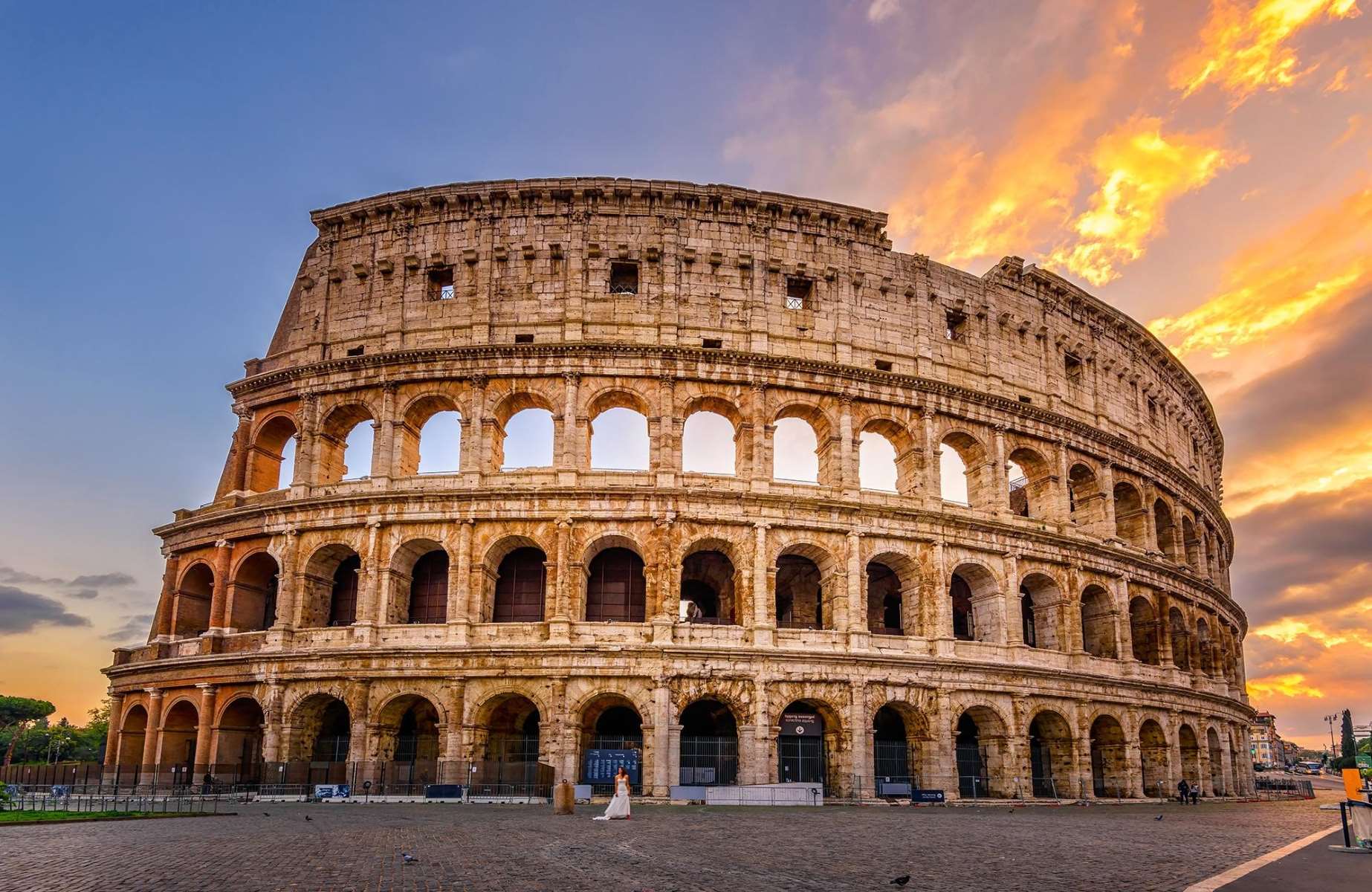Why Is Rome Called The Eternal City? The Fascinating Story Behind The Name

Have you ever wondered why Rome is called the Eternal City? This nickname isn't just a catchy phrase; it has deep roots in history and culture. Ancient Romans believed their city would last forever, a sentiment echoed by poets and historians. Even today, Rome stands as a testament to centuries of art, architecture, and influence. Walking through its streets feels like stepping back in time, where every corner tells a story. From the grandeur of the Colosseum to the timeless beauty of the Vatican, Rome's enduring charm captivates millions. Ready to learn more about this iconic city's nickname? Let's dive in!
The Origins of the Name "Eternal City"
Rome, known as the Eternal City, carries a name steeped in history and legend. This title reflects its timeless beauty, enduring culture, and the belief that Rome would last forever. Let's explore the reasons behind this fascinating moniker.
Ancient Rome's Influence
Rome's influence on the world has been profound and long-lasting. From architecture to governance, its legacy continues to shape modern society.
The Roman Empire: At its height, the Roman Empire spanned three continents, influencing countless cultures. Its laws, language, and infrastructure left a lasting mark on the world.
Roman Architecture: Structures like the Colosseum and the Pantheon showcase Rome's architectural prowess. These buildings have stood the test of time, symbolizing the city's enduring nature.
Roman Law: The legal system developed by the Romans forms the foundation of many modern legal systems. Concepts like "innocent until proven guilty" originated here.
Rome's Religious Significance
Rome's religious importance has also contributed to its eternal reputation. As the center of the Catholic Church, it holds a special place in the hearts of millions.
The Vatican City: Home to the Pope and the heart of the Catholic Church, the Vatican City is a symbol of spiritual authority and continuity.
St. Peter's Basilica: One of the largest churches in the world, St. Peter's Basilica is a masterpiece of Renaissance architecture and a pilgrimage site for Catholics.
The Catacombs: These underground burial sites are a testament to early Christian history and the enduring faith of its followers.
Rome's Cultural Legacy
Rome's cultural contributions have also cemented its status as the Eternal City. Its art, literature, and philosophy continue to inspire and influence.
Roman Literature: Works by authors like Virgil and Ovid have left an indelible mark on Western literature. Their stories and poems are still studied and admired today.
Renaissance Art: The Renaissance period saw a flourishing of art in Rome, with artists like Michelangelo and Raphael creating timeless masterpieces.
Philosophy and Thought: Roman philosophers like Seneca and Marcus Aurelius have shaped Western thought with their writings on ethics, politics, and personal conduct.
Rome's Timeless Beauty
The city's beauty and charm have captivated visitors for centuries. Its picturesque streets, historic landmarks, and vibrant atmosphere make it a timeless destination.
The Roman Forum: Once the center of public life in Rome, the Forum's ruins offer a glimpse into the city's ancient past.
The Trevi Fountain: This iconic fountain is a symbol of Rome's artistic and architectural heritage. Tossing a coin into its waters is a tradition for many visitors.
The Spanish Steps: A popular meeting place and tourist attraction, the Spanish Steps are a testament to Rome's enduring allure.
Rome's Resilience Through History
Rome has faced numerous challenges throughout its history, yet it has always managed to rise again. This resilience is a key reason why it is called the Eternal City.
The Fall of the Roman Empire: Despite the fall of the Western Roman Empire in 476 AD, Rome continued to thrive as a center of culture and religion.
The Sack of Rome: The city has been sacked multiple times, but each time it has rebuilt and emerged stronger.
Modern Rome: Today, Rome is a bustling metropolis that seamlessly blends its ancient past with modern life. Its resilience and adaptability are a testament to its eternal nature.
Rome's Timeless Allure
Rome's nickname, the Eternal City, reflects its rich history, enduring culture, and lasting influence. Founded over 2,700 years ago, Rome has witnessed the rise and fall of empires, yet remains a symbol of resilience and continuity. Its ancient ruins, like the Colosseum and Roman Forum, stand as testaments to its glorious past. The city's blend of old and new, from Renaissance art to modern cuisine, keeps it vibrant and relevant. Visitors are drawn to its timeless charm, exploring cobblestone streets and iconic landmarks. Rome's ability to adapt while preserving its heritage makes it unique. Whether you're marveling at the Sistine Chapel or enjoying a gelato by the Trevi Fountain, Rome offers an unforgettable experience. Its eternal spirit continues to captivate and inspire, proving why it truly deserves its legendary name.

